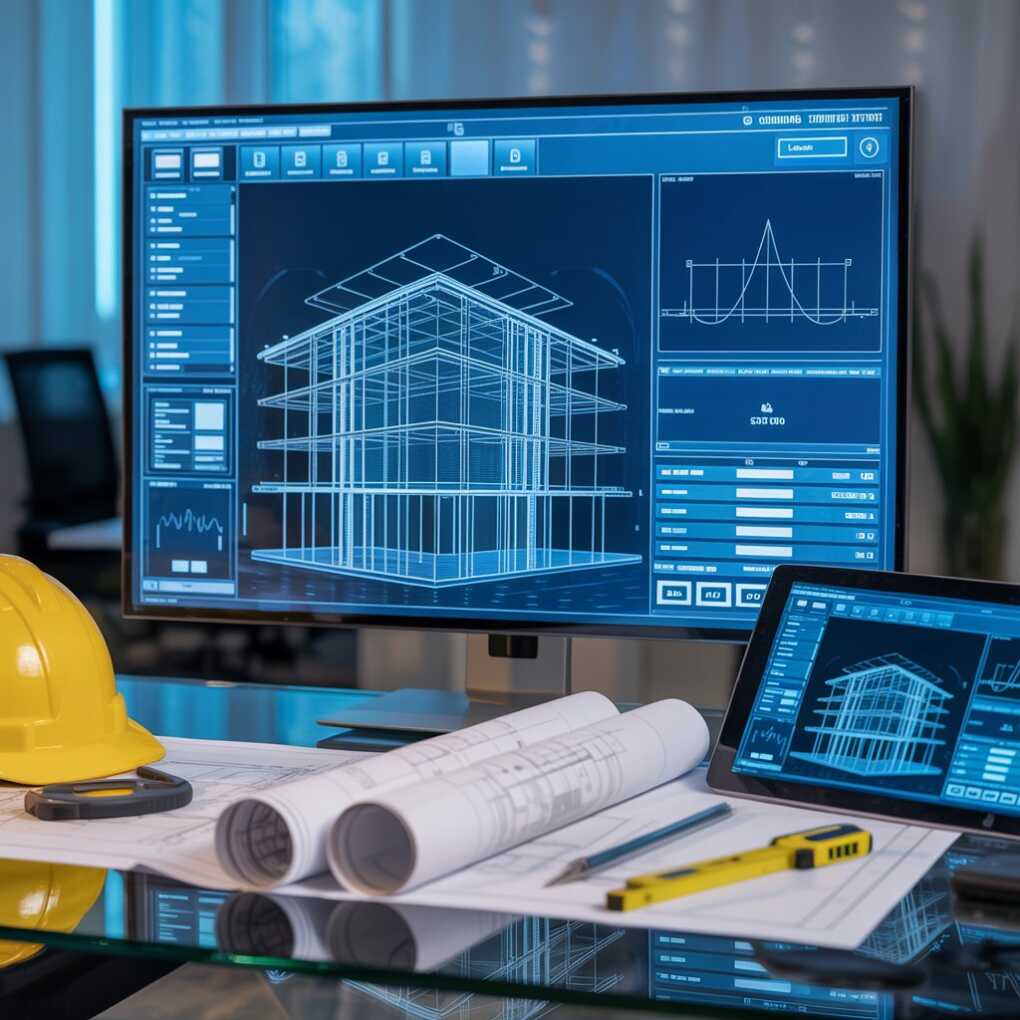The manufacturing enterprise has historically depended on hand labor, bodily measurements, and painstaking calculations to plot and execute initiatives. Among its responsibilities, Electrical Estimating has been one of the most time-consuming, requiring particular measurements of wiring, conduits, and related additives to determine assignment prices. Historically, this system demanded quite expert experts pouring over blueprints and specifications, regularly leading to delays and mistakes. However, technological upgrades are reworking this landscape. Automation in production takeoff and charge estimation is revolutionizing workflows, supplying extra accuracy, universal performance, and velocity at some point of all assignment ranges.

Understanding Construction Takeoff and Cost Estimation
Construction takeoff, additionally known as quantity takeoff, involves measuring and quantifying the materials, hard artwork, and equipment required for a venture. Traditional takeoff calls for manually measuring dimensions from blueprints or drawings, a method prone to human errors. Cost estimation follows, translating these portions into economic projections that embody cloth fees, exertions, devices, overhead, and contingency allowances. Accurate estimation is important for budgeting, financing, and preserving profitability, at the same time as mistakes can result in overruns, challenge delays, or disputes amongst stakeholders.
The Limitations of Manual Methods
Even professional estimators face challenges at the same time as performing guide takeoffs and fee calculations. Human mistakes are inevitable, in particular whilst responsibilities are big or complex. Manual strategies, furthermore, eat up a large amount of time, limiting an estimator’s capability to run multiple eventualities or adapt a brief to layout changes. With modern-day production obligations more and more integrating complicated systems, advanced substances, and complicated designs, traditional strategies of warfare are struggling to keep pace, making errors more likely and performance more difficult to attain.
The Advent of Automation
Automation addresses those demanding situations via virtual devices, synthetic intelligence (AI), and Building Information Modelling (BIM). Modern software application utilities can extract quantities right now from digital plans or 3-D BIM models, eliminating the need for exhaustive guide sizing. This is especially transformative for techniques like Lumber Takeoff, in which specific calculations of wood quantities and dimensions are vital. Automated systems rapidly quantify materials and generate accurate estimates, even adjusting in real-time as the format changes upward thrust. AI, in addition, complements abilities by predicting fabric requirements, flagging capacity price overruns, and analyzing historical information to enhance future estimates.
Benefits of Automated Takeoff and Estimation
Adopting automation in takeoff and estimation gives massive benefits for manufacturing corporations:
Increased Accuracy: Automation reduces human errors by way of extracting portions immediately from digital models. This ensures cloth calculations and price projections are some distance more reliable.
Time Efficiency: Estimators can complete takeoffs in a fraction of the time it might take manually, permitting businesses to control extra duties simultaneously and respond speedily to layout changes.
Cost Savings: Accurate portions reduce material waste, keep you from over-ordering, and save you unexpected price overruns. Predictive analytics can similarly optimize procurement and resource allocation.
Data-Driven Decisions: Software aggregates historical challenge facts, allowing firms to study cutting-edge and beyond initiatives to refine charge models and improve assignment performance.
Improved Collaboration: Cloud-based complete structures permit stakeholders, consisting of architects, engineers, and contractors, to get admission to real-time data enhancing communication and challenging coordination.
Challenges and Considerations
Despite its blessings, automation comes with annoying situations. Implementing superior software calls for financial investment, training, and infrastructure upgrades. Accuracy relies upon top-notch input; poorly built digital drawings or incomplete BIM models can bring about wrong estimates. Additionally, specialists acquainted with manual techniques may also face a learning curve. Importantly, automation increases the desire to replace human information. Skilled estimators are essential for interpreting complicated designs, validating outputs, and making judgment calls in which software applications cannot.
The Future of Construction Estimating
The trajectory of automation in takeoff and fee estimation is promising. Emerging eras like augmented reality (AR), drones, and Internet of Things (IoT) gadgets will, in addition, enhance the precision and responsiveness of introduction workflows. AR ought to permit real-time visualization of substances on-site online, at the same time as AI-driven structures optimize scheduling, procurement, and budgeting automatically. Sustainability dispositions can also be integrated, permitting businesses to assess environmental influences along conventional cost metrics. Ultimately, automation empowers experts to focus on approach and innovation in lieu of repetitive responsibilities.
For businesses seeking to leverage the advancements, partnering with an amazing introduction Construction Estimating Company can ensure a smooth adoption. Such organizations carry know-how in integrating virtual tools, streamlining takeoff approaches, and imparting reliable rate projections, permitting clients to complete duties more effectively, lessen waste, and maximize stability. By combining technology with enterprise know-how, creation estimating groups play a critical function in shaping the destiny of project planning and execution.
Conclusion
The upward thrust of automation in manufacturing, takeoff, and fee estimation represents a crucial shift within the employer. Tasks that once required tedious guide labor, which includes electric-powered estimating and takeoff, in the meantime have turned out to be faster, more correct, and information-driven. While annoying conditions like investment charges and training requirements exist, the long-term advantages—collectively with advanced performance, charge management, and collaboration—go a long way to outweigh the drawbacks. As the generation continues to conform, the mixture of professionals and automated structures, regularly facilitated via a production estimating company, will outline the subsequent era of advent—more unique, current, and sustainable than ever in advance.
